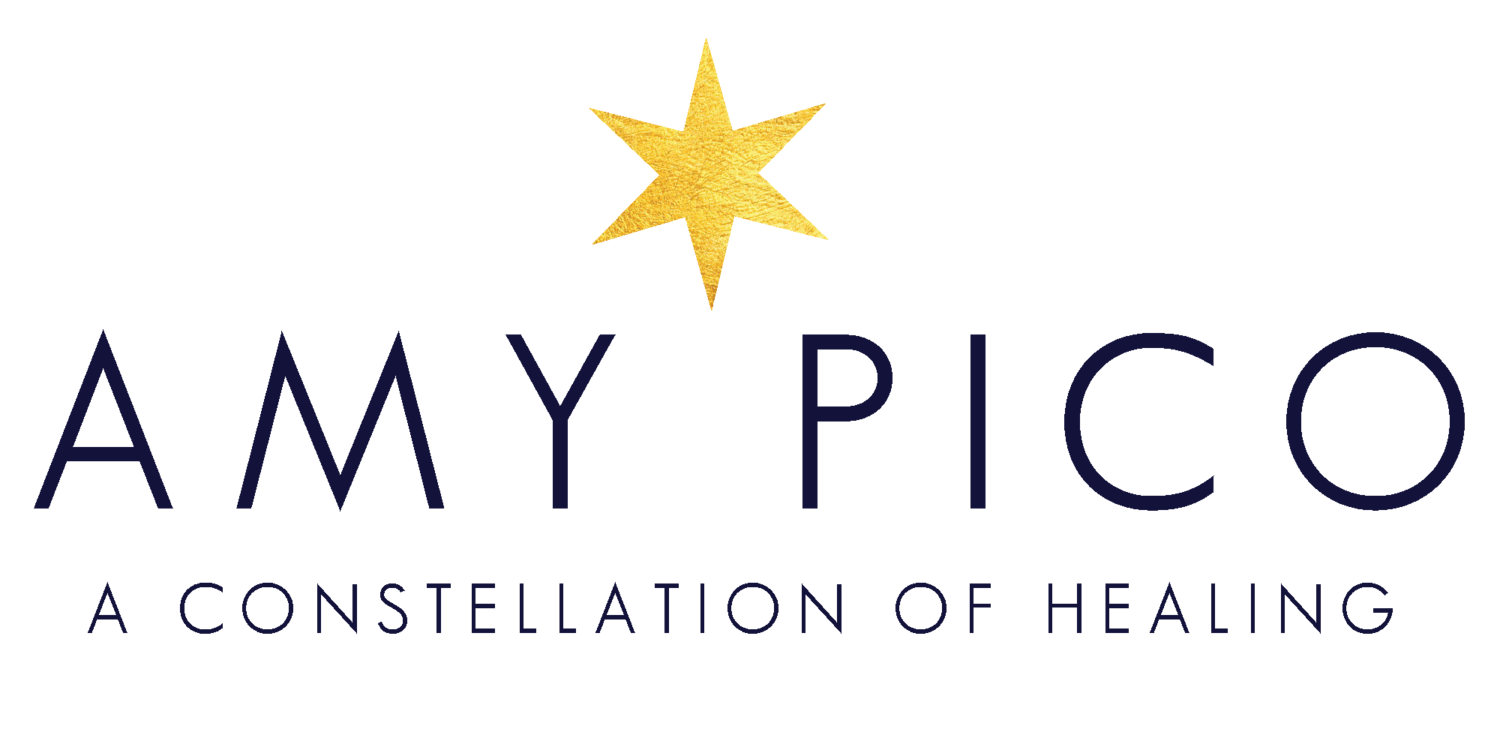You are reading the third installment of my blog series on celebrating twenty years of practice as a professional counselor. In my third act, I begin the process of starting my private practice. By May 2014, I had opened up my practice after seeing the need to make more money, primarily due to being in a long-term committed relationship and becoming a stepparent. I wanted to ensure I could financially provide, and I saw my earning potential as a trauma therapist. I also began to explore other interventions for trauma after getting stuck again with some clients who had complex trauma linked back to early developmental years.
In this exploration for more professional experience in treating developmental trauma, I had also undergone a miscarriage. This experience led me back to therapy to process the loss. It also allowed me to start taking steps to heal my physical health after the miscarriage diagnosed polycystic ovarian syndrome (PCOS) as the cause. During this round of therapy, I was the recipient of neurofeedback to help with some of my trauma symptoms. Neurofeedback seemed to have great potential to help people reduce symptoms of PTSD and help regulate the nervous system. I decided to add neurofeedback to my new private practice, which allowed for more referrals and clients.
After neurofeedback, I became curious about adding more tools to offer clients in my practice. I was also becoming more open to making my practice online and offering personal and professional coaching. A colleague invited me to a women's entrepreneur Facebook group, many of whom were trained therapists looking to add coaching or other online services. Many of them became successful, inspiring me to hire my first business coach and see a certified hypnotist. My curiosity around hypnosis came from seeing how many of my clients seemed stuck in therapy due to their defenses that seemed out of their control to change. I wondered if offering hypnosis would help clients overcome resistance and be open to more healing and wholeness. After being a hypnosis client, I began seeing how my thinking was holding me back from success and happiness. I became a certified hypnotist to learn how to encourage clients to relax and free themselves from the mental chains that were preventing their healing.
Amid business coaching and hypnosis, I began to see my curiosity about spirituality broaden. Many of the women I encountered in my business coaching programs were spiritual, and I was open to exploring all different forms of expression. With my exposure to how changing thinking can become a spiritual practice in hypnosis, I attended some retreats led by my business coach. These experiences helped me have more positive experiences with women in a receptive and supportive setting. Professionally, I took another leap of faith and began training to become a remote energy worker with ThetaHealing. This empowering method was another example of how women modeled a positive experience around healing and recovery.
These experiences built more foundations to become a remote therapist and coach. The professional tools I accumulated also allowed me to attract my ideal clients more efficiently and effectively. As my practice grew, I was able to let go of many of the insurance companies that were paying far below the national average. I was healing my physical and mental health by learning more about how our bodies carry the burden of chronic stress and trauma. But with all my privilege and help, I felt blocked in my ability to receive and give love. It was time to level up again. Next time, I will embark on my final chapter that is still being written.
